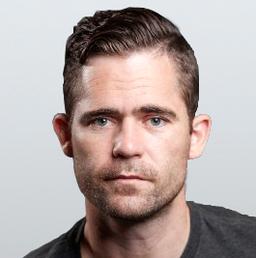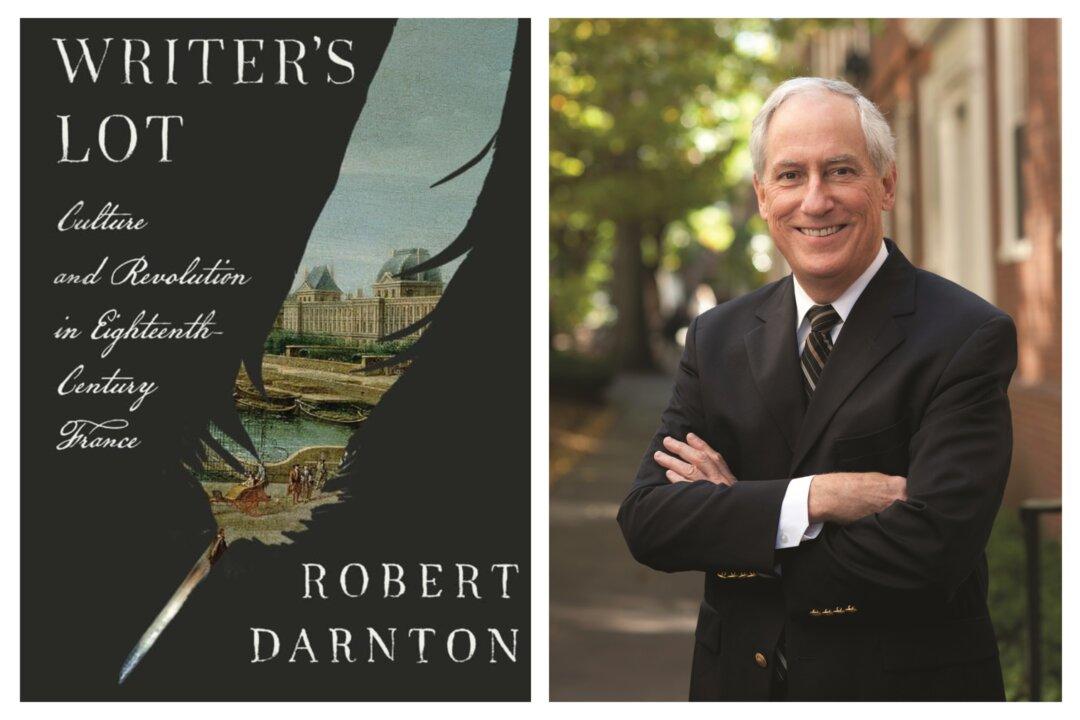Attending an Ivy League institution as an American elite in the 21st century elicits a different connotation than in the previous century. Then, one could be an elite with all the snobbishness that came with it, yet still be respected for understanding how the world worked. We once relied on intellectual elites to provide answers to the country’s and the globe’s most troubling questions. Now, students who graduate from the country’s eight Ivy League universities too often obtain the snobbish elite mentality without possessing much understanding.
The authors of the new book, “Slacking: A Guide to Ivy League Miseducation,” pinpoint precisely why that has become the case. Authors Adam Kissel, Rachel Cambre, and Madison Doan have gone through the core undergraduate catalogue of our nation’s Ivy League institutions and laid bare the utter foolishness these schools are engaging in.






